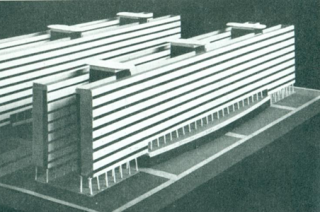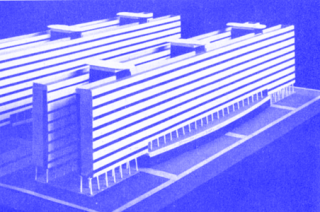Topic
Architecture for New Ways of Life
Architecture and urban construction are continually linked to ideas of a new and better society. This study examines the history of these ideas and their constructed results — from the visions of the Enlightenment through the utopias of the 19th and 20th centuries to the alternative housing projects of our current age.

Architecture and the Dream of a Better Person: Planning and Building for New Ways of Life from the Early Modern Era to the Present
As far back as the Early Modern literary utopias of Thomas Morus, forms of settlement and habitation have again and again played a vital role in our conceptions of ideal communities. Ever since the Enlightenment and its optimistic belief in progress, emancipatory zeal and trust in the power of rationality, architecture and urban construction have become increasingly interwoven with ideas of a new and better society. Newly constructed environments were to do more than respond to people’s needs: They were to educate them towards more social behaviour and thereby encourage the development of new ways of life.
This study examines such ideas and the constructions they birthed—from the visions of the Early Modern age to the concepts of the Enlightenment and early socialism, various reform approaches to residential construction in the 19th and 20th centuries, projects to collectivise habitation and ways of life in the modern era and alternative housing models of the present. It analyses numerous example in the eastern half of Europe and other parts of the world, taking into account not only architectural and urbanist solutions, but also various aspects of the history of social utopias.


